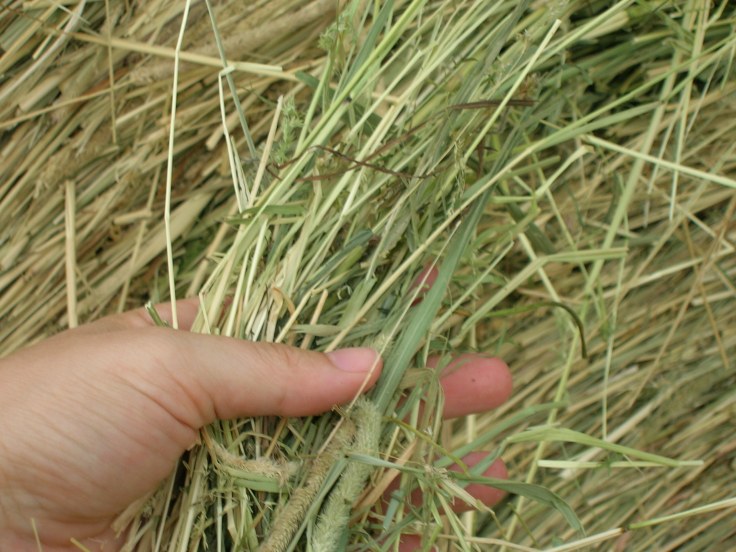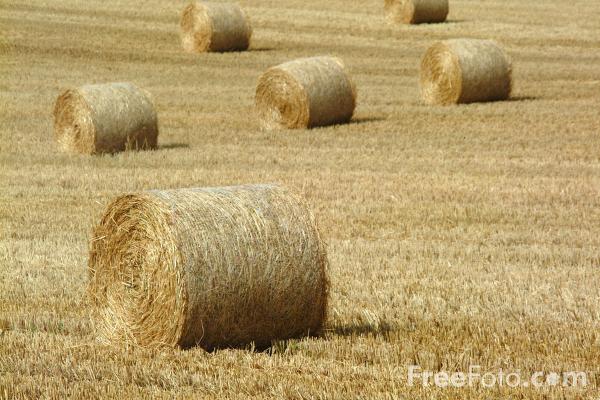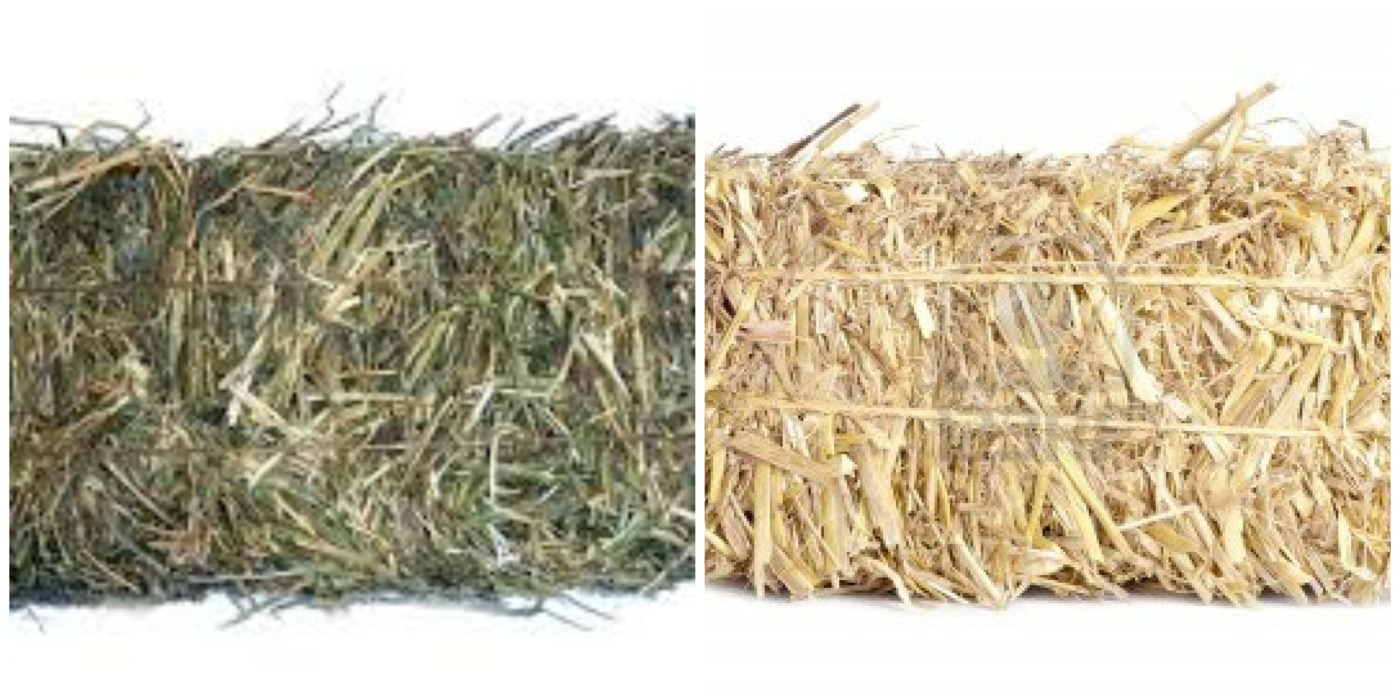For a good and concise summary of the difference between straw and hay, I’m going to pull heavily from Cindy at homegrownfun.com. She does an excellent job of explaining the difference.

Hay is green. It is harvested fresh before seeding, and a type of legume. Hay legumes include alfalfa, clover and grasses such as timothy, oat, fescue, and bermuda. If you live in an area that produces timothy hay (like the Pacific Northwest) people ❤ it hard so go for that. It is routinely used to feed animals because it has nutritional value. It contains both protein and carbohydrates. It can be bought at a store, from another farmer who produces, cuts and bails it, or you can grow it yourself. Even if you grow it, you will probably want to buy some in the fall and stock up for winter since it won’t keep growing when the snow falls. Of course, if you have more than two pasture rotations, you could grow and bail yourself, but that is for another post.
Keep in mind, that because hay has more moisture in it than straw, if it isn’t properly dried out before bailing, or it gets damp in storage, it will explode. No joke. Moisture can cause the hay to start molding and decomposing. Like with compost piles, decomposition can result in a lot of heat. Combined with the fact that hay bales are packed pretty tight, excess heat with no way to escape equals combustion.

Straw is yellow. It is the stalks left over after seeds have been harvested and thus lacks any nutritional value. When you go for a “hay ride” at the pumpkin patch, you are sitting on straw. Straw makes great bedding because it is absorbent. You will want to have a point of contact for buying both straw and hay as you will go through a lot of bails with multiple animals. You can layer straw bedding for awhile before doing a deep clean or “mucking out the stalls” in a barn. When you do muck, you can compost. However, because straw is so dry to begin with, and so stiff (the stalk) be sure to compost for awhile (like, six months or more) and don’t just dump a big pile of straw in your compost bin or it won’t properly decompose.
Note: If you have a place to store straw and hay (like a barn or extra garage stall) buy enough for winter. If you have to make an emergency run for hay in February, you will be shelling out more money.
Photo Credits
Featured Image: oakridgefeed.com
Hay: therealdirtblog.ca
Straw: ontariorabbits.org
